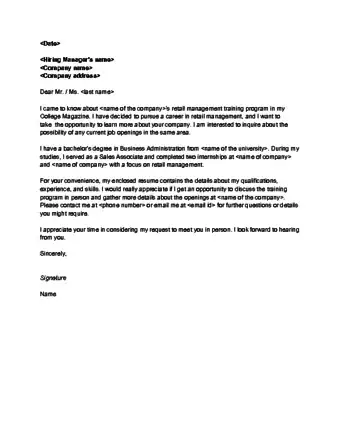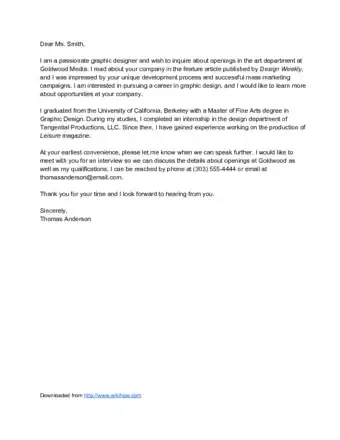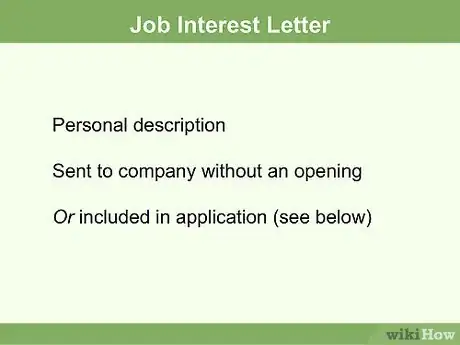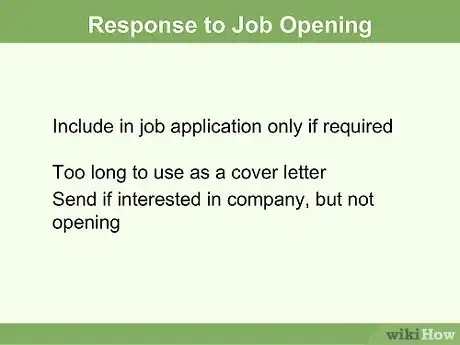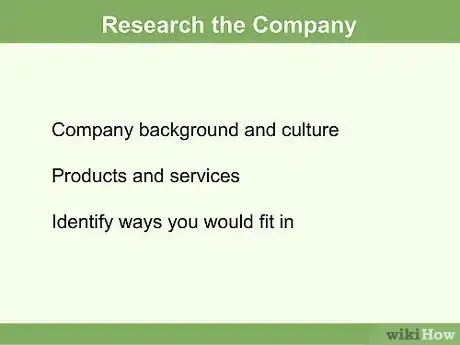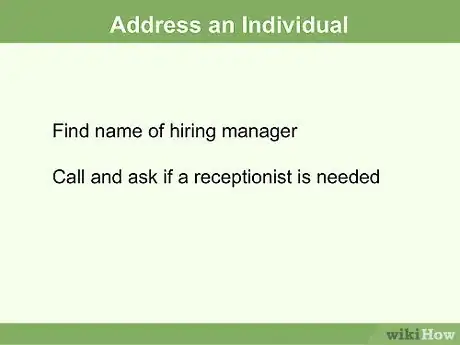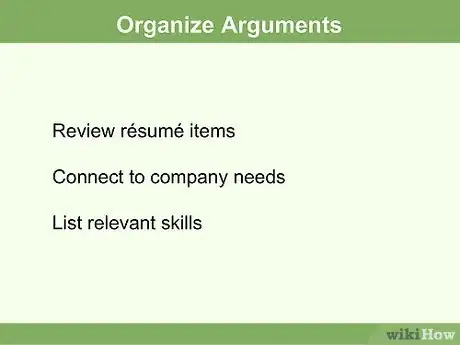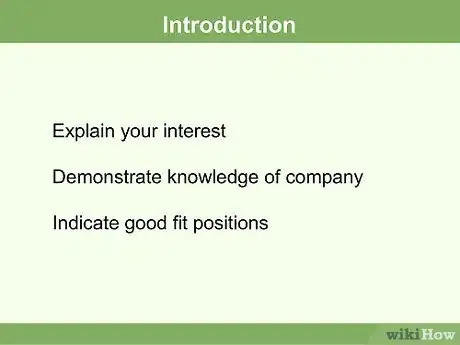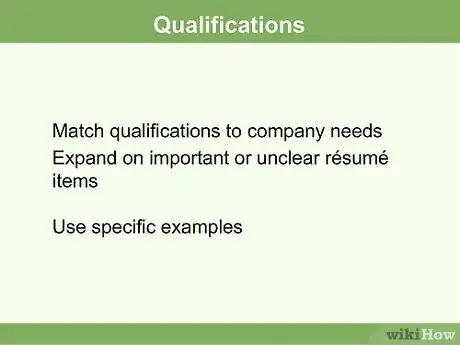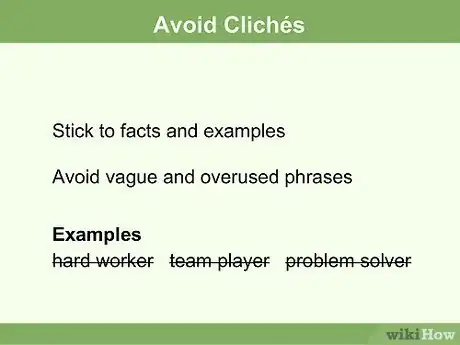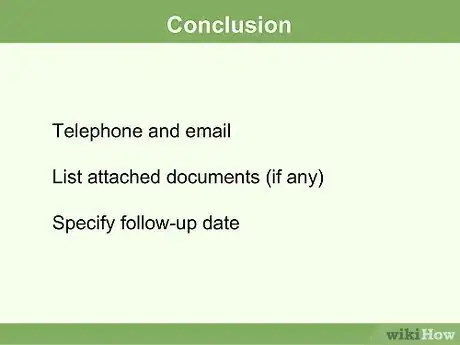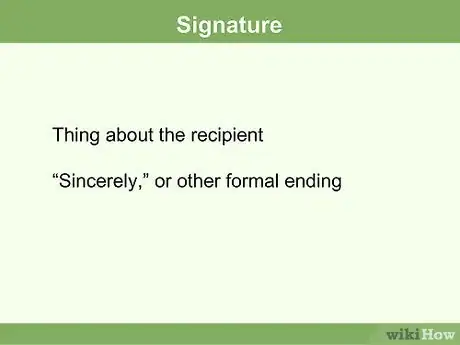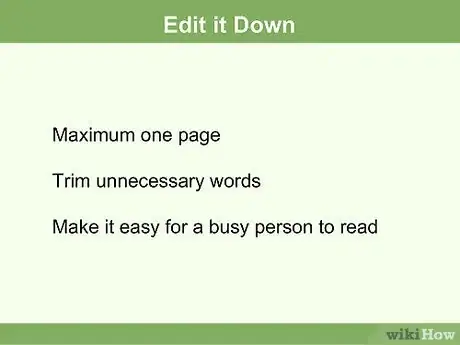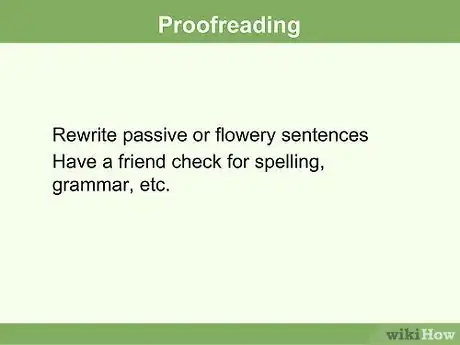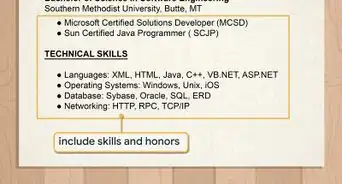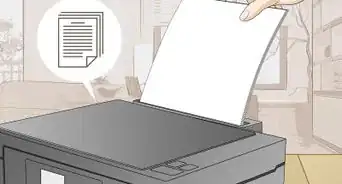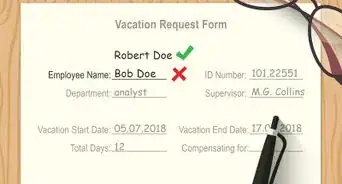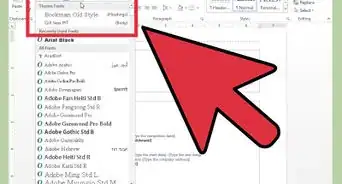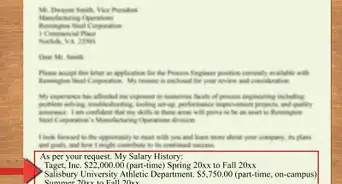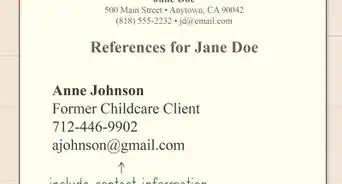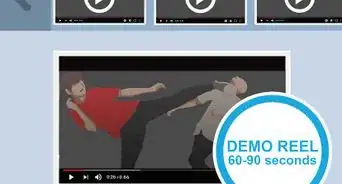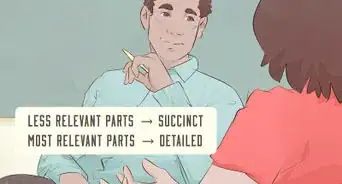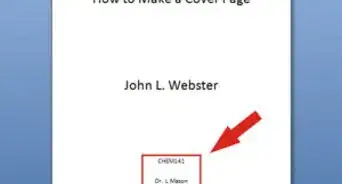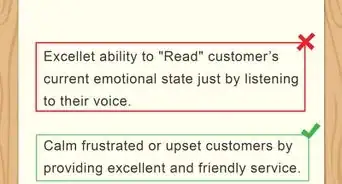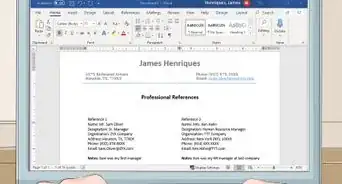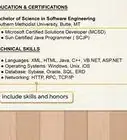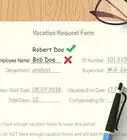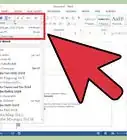This article was co-authored by Amber Rosenberg, PCC. Amber Rosenberg is a Professional Life Coach, Career Coach, and Executive Coach based in the San Francisco Bay Area. As the owner of Pacific Life Coach, she has 20+ years of coaching experience and a background in corporations, tech companies, and nonprofits. Amber trained with the Coaches Training Institute and is a member of the International Coaching Federation (ICF).
wikiHow marks an article as reader-approved once it receives enough positive feedback. This article received 18 testimonials and 84% of readers who voted found it helpful, earning it our reader-approved status.
This article has been viewed 2,236,571 times.
A letter of interest is a type of document that a job seeker can submit along with a resume. It can be tricky to figure out what to write, and the best strategies may differ a bit depending on your industry, but there are a few general rules that you should follow. According to career coach Amber Rosenberg, you should start with a professional greeting and then get straight to the point: say what position you're interested in, explain why you're qualified for that role, refer specifically to the job requirements the company has posted, and strive to answer any questions that your resume might not cover.
Steps
Sample Letters
Organizing Your Letter of Interest
-
1Learn the purpose of a letter of interest. A letter of interest is one of the many tools available for a job seeker. You can think of a letter of interest as a slightly more personal version of a cover letter when used in the job-seeking process. A letter of interest will accompany your resume and other requested documentation, but it also gives you the opportunity to spell out what makes you a great fit for a particular position or within a particular company.[1] A letter of interest provides a portrait of you, which is backed up by the facts in your resume.
- A company can either request a letter of interest from you, or you may send a letter of interest (sometimes also called a letter of inquiry) to a company you’re interested in but which hasn’t yet publicly advertised a particular position.[2]
- Whereas you typically give a very brief explanation in a cover letter, a letter of interest gives you a bit more space to sell yourself to the prospective employer.[3]
-
2Determine if a letter of interest is necessary. There are situations that call for a letter of interest and others that do not. If, for example, a job posting requests a resume and cover letter, then sending a longer letter of interest might immediately disqualify you in the eyes of the person choosing candidates to interview. Letters of interest are less common than cover letters, so don’t assume a company wants one when you’re applying to a job posting unless otherwise specified.[4]
- A letter of interest is often more appropriate when making yourself known to a company that hasn’t posted a specific opening to which you’d like to apply. This allows you to express interest in the company or organization even if you’re uncertain about their current openings.
Advertisement -
3Research the company. Part of the purpose of a letter of interest is to explain what makes you such a good fit for the company. This requires a knowledge of the company’s background, products, services, and culture.[5] This not only helps you form a more authentic connection between your experience and the job you’re seeking, but it also immediately makes your application stand out from those who had submitted generic or formulaic letters of interest.
-
4Find out the name of the individual who does the hiring. Basic greetings such as “To Whom It May Concern” can come across as lazy—or worse, rude. Do a little research about the company to determine whose desk your letter will land on, and address it directly to the person.[6] This will immediately make your letter of interest less generic, and it displays an attention to detail that all employers want.
-
5Organize your thoughts before you begin to write. Categorize your education and work experience, and start thinking about how you can apply it to the company or organization to which you wish to apply.
- Make a list of the skills you possess as related to the potential job opening as well.
Writing Your Letter of Interest
-
1Use the first paragraph to explain why you’re writing. Whether the company has requested a letter of interest with your resume or you’re sending a more exploratory inquiry letter, you should use the introductory paragraph to explain why you’re writing.[7] This includes explaining who you are and what has sparked your interest in the company.[8]
- Refer to any recent media coverage, interviews, company press releases, or other information that shows you’ve done your homework regarding the company and what they do.[9]
- Highlight the position or types of positions you are interested in within the first few sentences. If a particular position is available, include the department or division of the company and indicate the source from which you learned about the position.
- Try to avoid starting the first sentence of the first paragraph with “I.”[10] The majority of the letters the person who reads them receives will start this way, so avoid it to immediately set yourself apart.
- For example, “Your company’s CEO (use his or her name here as well) expressed some truly innovative ideas during a recent TED Talk. I’d love to be a part of what the company is working on, and I’ve written to inquire about any openings on the Production team.”
-
2Market yourself and your qualifications in the second paragraph. Now that you’ve established your interest in the company, use the second paragraph to connect your skill set to the prospective employer.[11] Use this space to highlight a few specific examples of what will truly make you an asset to the company.[12]
- Address specific criteria or requirements listed in the job advertisement or description. Match your skills and qualifications to the job's required qualifications.
- Do not simply repeat the information that the employer will find in your resume.[13] Instead, take the opportunity to expand and contextualize select pieces of that information that communicate your potential value to the organization.
- For example, “During my two years with Company X, I worked as a Senior Producer, coordinating multiple teams of programmers and artists to help deliver content to clients on time. My teams never missed a milestone, and I think these are the organizational skills that can help your company’s next project succeed.”
-
3Avoid cliches. The point of the letter of interest is to set you apart, which you can’t do while using cliche language.[14] The second paragraph is where you will most likely find yourself tempted to use self-marketing cliches, so be especially mindful of them as you compose this paragraph.
- Do not, for instance, write that you “think outside the box.” This isn’t only a cliche, but it also lacks concrete detail. Instead, write about a specific instance where you updated a process in a novel way that saved a previous company time and/or money. This concretely illustrates the idea without resorting to a cliche.
-
4Use the third paragraph to conclude your letter and provide contact information. Once you’ve explained what makes you the perfect candidate for the company, concisely conclude your letter with contact information and an explanation of any additional documents you’ve included, if applicable.[15] Ensure that you provide both your telephone number and email address to give the recipient a way to reach out to you.
- You may also choose to specify a time when you will contact the person’s office as a follow-up to your letter of interest.[16] [17]
- For instance, “You will find both my resume and a breakdown of projects I produced for Company X attached. I would love the opportunity to discuss my qualifications with you further. You can reach me at…”
-
5Close the letter with a thank you. Show gratitude for the recipient's time and consideration as you finish the letter.[18] Establishing yourself as respectful and professional can help you in the future, even if there are no positions available with the company presently.
-
6Keep the letter to a page or less. While longer than a cover letter, you should still keep a letter of interest to a page or less.[19] Always remember that the person reading the letter likely has a busy schedule, and concision shows that you both respect the recipient’s time and know how to get to the point.
- If you’ve gone over a page, review the first two paragraphs closely to find spots where you can pare down the language.
-
7Proofread the letter. Go over your letter before sending it while keeping in mind that simple is always a better approach. Take this opportunity to remove passive verbs in favor of clearer, active ones, and remove any language that comes across as too flowery or exaggerated.[20]
References
- ↑ http://www.privateschoolreview.com/blog/whats-the-difference-between-a-letter-of-interest-and-a-cover-letter
- ↑ http://www.privateschoolreview.com/blog/whats-the-difference-between-a-letter-of-interest-and-a-cover-letter
- ↑ http://www.privateschoolreview.com/blog/whats-the-difference-between-a-letter-of-interest-and-a-cover-letter
- ↑ http://www.privateschoolreview.com/blog/whats-the-difference-between-a-letter-of-interest-and-a-cover-letter
- ↑ http://www.letterwritingguide.com/interest.htm
- ↑ http://www.letterwritingguide.com/interest.htm
- ↑ http://www.law.uga.edu/cover-lettersletters-interest
- ↑ http://www.law.uga.edu/cover-lettersletters-interest
- ↑ http://www.letterwritingguide.com/interest.htm
- ↑ http://www.letterwritingguide.com/interest.htm
- ↑ http://www.law.uga.edu/cover-lettersletters-interest
- ↑ http://www.law.uga.edu/cover-lettersletters-interest
- ↑ http://www.law.uga.edu/cover-lettersletters-interest
- ↑ https://owl.english.purdue.edu/owl/resource/634/1/
- ↑ http://www.law.uga.edu/cover-lettersletters-interest
- ↑ http://www.letterwritingguide.com/interest.htm
- ↑ http://www.law.uga.edu/cover-lettersletters-interest
- ↑ http://www.law.uga.edu/cover-lettersletters-interest
- ↑ http://www.law.uga.edu/cover-lettersletters-interest
- ↑ http://www.law.uga.edu/cover-lettersletters-interest
- ↑ http://www.privateschoolreview.com/blog/whats-the-difference-between-a-letter-of-interest-and-a-cover-letter
- ↑ http://www.law.uga.edu/cover-lettersletters-interest
- ↑ http://www.privateschoolreview.com/blog/whats-the-difference-between-a-letter-of-interest-and-a-cover-letter
- ↑ https://owl.english.purdue.edu/owl/resource/634/1/
About This Article
You may want to write a letter of interest in a job if you are interested in working for a specific company but they haven’t posted a job opening. In the first paragraph of the letter, explain why you are writing, who you are, and what has sparked your interest in the company. Highlight the position or types of positions you are looking for in the first few sentences. In the second place, market yourself and your qualifications, then conclude the letter and provide your contact information in the third paragraph. To learn more, such as cliches to avoid using in your letter, keep reading the article!
